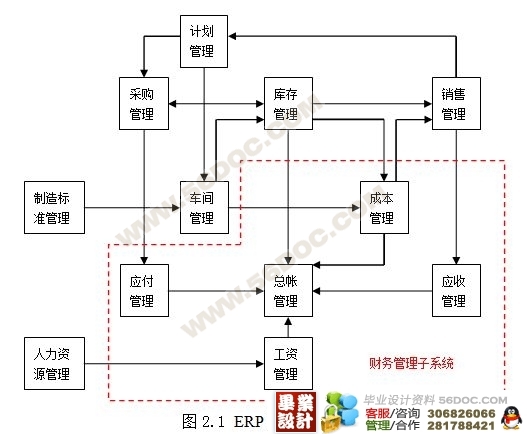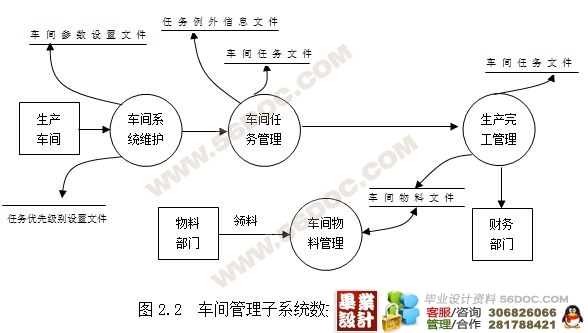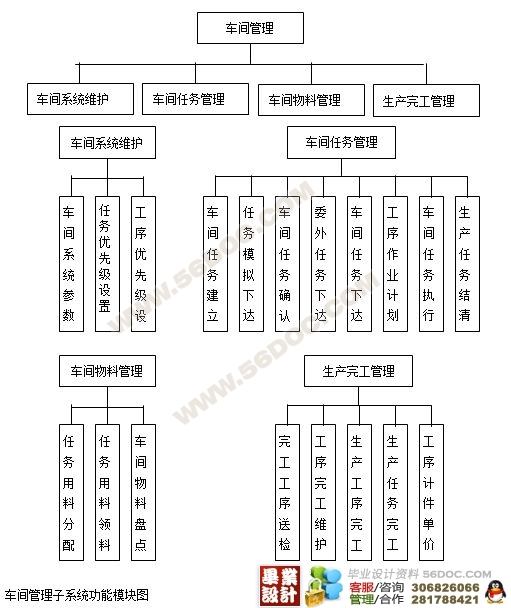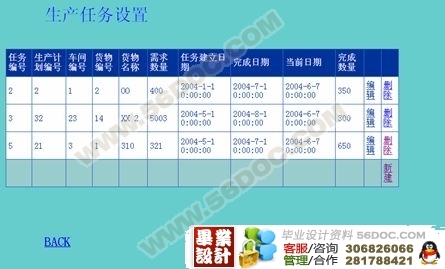Asp.net ERP系统的设计与实现
无需注册登录,支付后按照提示操作即可获取该资料.
摘要
ERP(Enterprise Resources Planning,企业资源计划),是指建立在信息技术应用基础上,结合系统化的管理思想,为企业决策层及员工提供决策手段的管理平台。
车间管理子系统要求根据物料需求计划,能力需求计划以及生产工艺流程制定车间作业计划,车间管理人员按车间作业计划进行调度,下达车间生产作业订单,根据产品物料清单(BOM)填写领料单安排领料,制程中不断产生生产进度报告,监控生产活动的整个过程。
本次设计采用Microsoft Visual Studio.Net 2003和Sql Server 2000作为开发工具,在客户端通过Windows 应用程序的形式来访问数据库,并对数据库进行操作。
关键词:ERP 车间管理 生产任务管理 物料管理 .NET平台 SQL数据库
ABSTRACT
ERP, the Enterprise Resource Planning, is a management platform that establish on the applied foundation in information technique, it combine systematize thought, offering decision means for the business enterprise and its employees.
The workshop management subsystem establishment a workshop task plan according to the material need, ability need plan and the produce craft. The workshop manager attemper the tasks and arrange the order form with task plan, fill in the materiel list and arrange drawing the materiel with the BOM, producing progress reports continuously and observe the whole process of the production when producting.
My design adopt Microsoft Visual Studio.Net 2003 with Sql Server 2000 as develop tools, it ask the database through the form of Windows applicatioin on the client and proceed the operation to the database.
Keywords: Enterprise Resource Planning(ERP),workshop management,produce task management, materiel management, .NET platform, SQL database
目 录
一、选题背景 4
1.1 ERP概述 4
1.2 asp.NET概述 11
1.3 ADO.NET概述 12
1.4 C#.NET概述 13
二、方案论证 14
2.1 ERP系统概要设计 14
2.2 车间管理子系统设计 14
三、过程论述 20
3.1首页workshop.aspx的制作 20
3.2 车间参数设置页面parameter.aspx的制作 21
3.3 物料管理页面materiel.aspx的制作 26
3.4 生产任务设置页面mission.aspx的制作 28
3.5生产优先级设置priority.aspx的制作 31
3.6 任务例外信息except.aspx页面的制作 32
四.总结 34
五.致谢 35
ERP(Enterprise Resources Planning,企业资源计划),是指建立在信息技术应用基础上,结合系统化的管理思想,为企业决策层及员工提供决策手段的管理平台。
ERP系统集中信息技术与先进的管理思想於一身,成为现代企业的运行模式,反映时代对企业合理调配资源,最大化地创造社会财富的要求,成为企业在信息时代生存、发展的基石,ERP是整合了企业管理理念、业务流程、基础数据、人力物力、计算机硬件和软件于一体的企业资源管理系统。
ERP是一个庞大的管理信息系统,要讲清楚ERP原理,我们首先要沿着ERP发展的四个主要的阶段,从最为基本的六十年代时段式MRP原理讲起。
本ERP系统计划包括:销售管理,库存管理,采购管理,制造标准管理,计划管理,车间管理(生产管理),人力资源管理,财务管理共8个子系统。其中总帐管理,应收管理,应付管理,成本管理,工资管理五个模块均属于财务管理子系统。



